Year 4, Lesson 1.5: Define the Problem
Semester Learning Goal
Students will investigate community needs, reflect on personal values, and apply design thinking to develop a values-aligned project idea. Through research, collaboration, and iteration, they will explore what it means to do Good Work as a good person, good worker, and good citizen.
Lesson Goal
Students will articulate a well-defined, values-aligned “How Might We” question that will guide their Capstone design during Semester 1 and shape their implementation plan in Semester 2. This question should be grounded in empathy, values, and real community needs.
Assessment
Observe participation in concept mapping and peer feedback sessions.
Review students’ final “How Might We” questions to assess clarity, empathy, and alignment with values and community insights.
Casel Alignment
Self-Awareness, Social Awareness, Responsible Decision-Making, Relationship Skills
Portfolio Documentation
Year 4, Lesson 1.5 - “How Might We” Question Framing Handout
Year 4, Lesson 1.5 - Optional Enrichment: Observe the Problem: Field Notes Routine
Resources
Students’ notes from the Lesson 1.4 Empathy Interviews or Reflections
Chart paper or large whiteboard
Markers or sticky notes
Sample “How Might We” questions (optional reference sheet)
Prerequisites
Year 4, Lesson 1.4
Total Time
45 minutes
Instructions
-
In the previous class, students explored community research and interviewing. In this class, students will take the next step in defining what problems or concerns they hope to address through their capstone projects.
1. Opener: Why We Frame the Problem Thoughtfully (5 minutes)
Begin by explaining that before jumping into solutions, effective changemakers spend time clarifying the exact challenge they are addressing.
Share this real-world insight: “A well-framed question leads to meaningful, creative, and community-aligned solutions.”
Ask students to consider:
What happens when someone tries to solve a problem they don’t really understand?
Introduce the idea of “How Might We” questions—open-ended, optimistic, and action-oriented prompts that emerge from deep listening.
Let students know:
“This is an important moment in your design process. A strong, values-aligned question is like the blueprint for everything you’ll build and test in the second half of the year. The clearer your focus now, the more confident you’ll feel when it’s time to take action.”
2. Concept Mapping: What Have You Learned So Far? (10 minutes)
Ask students to take out notes from their empathy interviews or reflections. Distribute blank paper or concept mapping templates.
Have students map out what they’ve learned:
What issues are emerging?
Who is affected?
What causes or contributes to the problem?
What needs have surfaced?
Encourage students to draw connections between insights, values, and community concerns. They can circle themes or ideas they might want to focus on.
3. Drafting “How Might We” Questions (10 minutes)
After concept mapping, guide students through crafting a preliminary “How Might We” (HMW) question.
Write this formula on the board:
How might we [action-oriented verb] [target group] [desired outcome or need], in a way that aligns with [value or ethical consideration]?
Provide a few examples:
How might we reduce food waste in the cafeteria while respecting students’ freedom to choose what they eat?
How might we help new students feel welcome without overwhelming them with too many activities?
Have students write 1–2 draft HMW questions on the Framing Sheet.
4. Peer Feedback Protocol (15 minutes)
Pair students and have them read each other’s HMW questions. Guide them to give feedback using the following prompts:
Is the question clear and focused?
Does it reflect empathy and community insights?
Does it align with a core value (e.g., fairness, inclusion, responsibility)?
Is it framed as an opportunity rather than a complaint?
Have partners suggest revisions or refinements. Then allow students 5 minutes to edit and finalize their own HMW question.
5. Closing and Portfolio Entry (5 minutes)
Ask students to share a few examples of their revised “How Might We” questions aloud.
Celebrate the fact that they now have a strong foundation for their Capstone design. Let students know that this question will guide their next steps during Semester 1 and will form the core of the project they’ll bring to life during Semester 2.
Have students submit or file their final HMW question in their Good Work Portfolio using the Lesson 1.5 Framing Sheet.
Optional Extension – Observe the Problem:
Spend 10–15 minutes observing a space where your issue plays out (e.g., cafeteria, hallway, community center, online space). What do you notice about who is affected and how people behave? Write a few sentences in the Observe The Problem: Field Notes Routine Handout.




